In the 20th year of the Liverpool Biennial we are reminded: “We are living in a world gripped by uncertainty”. At this time of global upheaval, how do we come to terms with our past? How do we approach our future? How do we make the world beautiful again? These questions are the motivations of the artist, the writer, the young parent, the politician (supposedly). They are also the imperative questions that the co-curators of the tenth edition of the Liverpool Biennial have taken as their theme. The biennial, ‘Beautiful world, where are you?’, will bring together the responses of over forty artists, hailing from 22 different countries. Spread out over the city, the collection – the largest festival of contemporary visual art in the UK – will be found in an impressive variety of Liverpool’s historic and civic spaces.
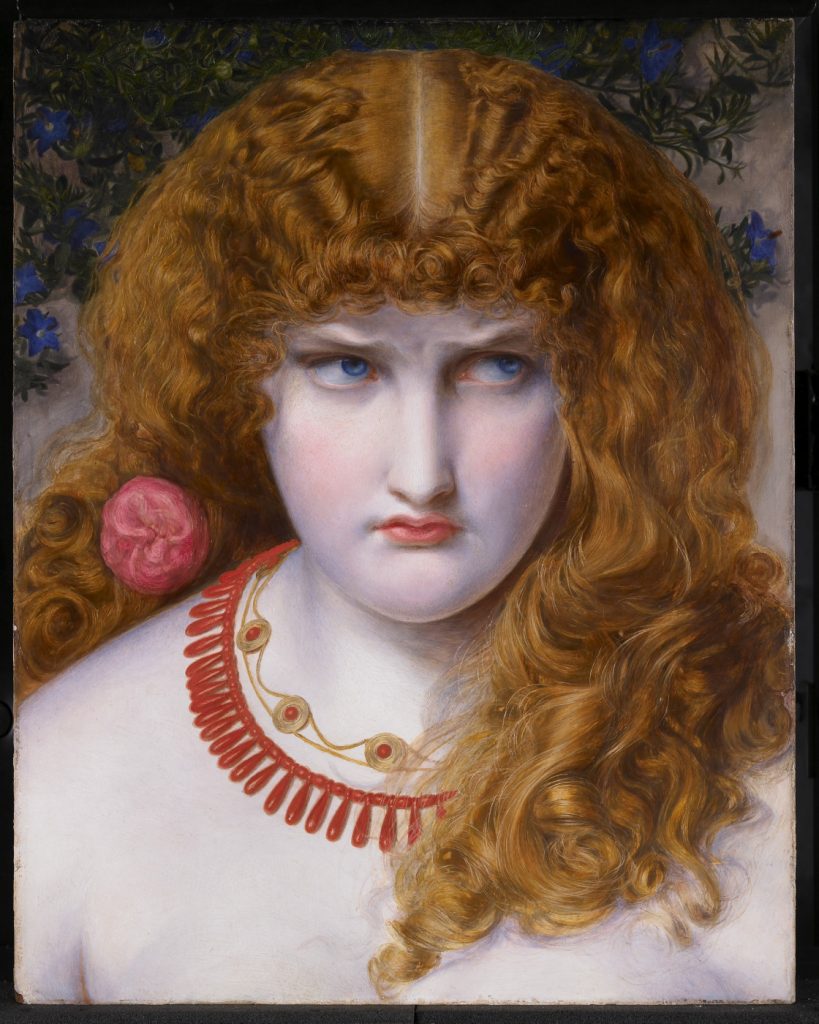
Frederick Sandys, Helen of Troy, about 1867, oil on panel. c. Walker Art Gallery
Co-curators Kitty Scott and Sally Tallant suggest that to answer this lament for the past we must attempt to ‘activate’ it again with the new. Works from contemporary artists will appear alongside pieces by old masters George Stubbs, Friedrich Sandy and bird artist John James Audubon. The appearance of these well-loved artists bring a depth of historical dialogue to the broad range of artists on display. The spaces engaged to host the diverse range of works have been carefully picked, so as to introduce Liverpool city’s historic voice as a communicative backdrop. In the context of our current situation, Liverpool, named city of culture in 2008 could, if Brexit is finalised next year, potentially be the UK’s last European city of culture. Mention of this at the launch carried with it a note of unmistakable poignancy. The world is changing, so gathered artists, how will we change with it?
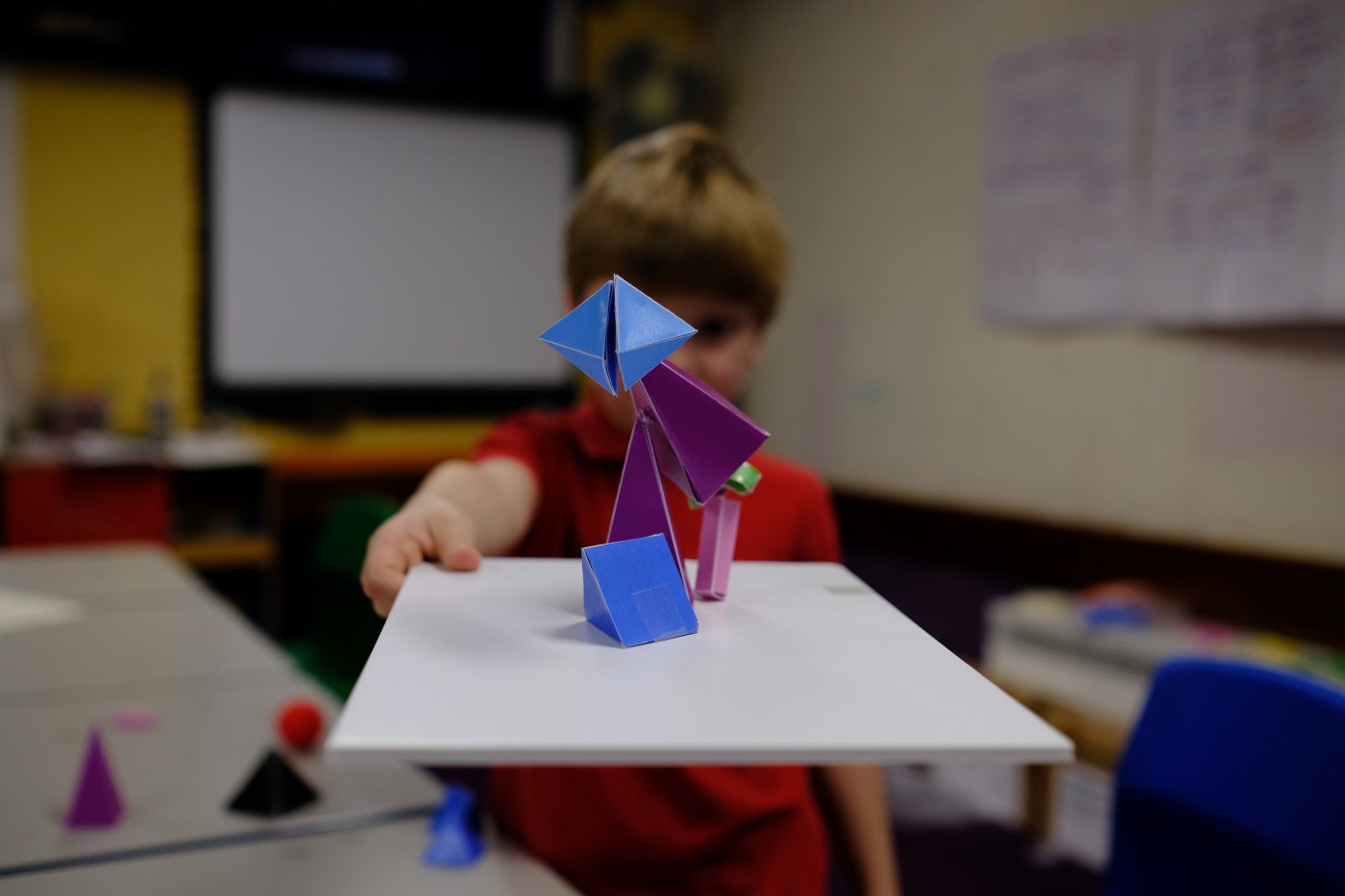
Image: Ryan Gander, Time Moves Quickly (workshop), 2018. Courtesy of Liverpool Biennial
Attention must be given to British artist Ryan Gander who will be presenting ‘Time moves quickly’, a project in collaboration with a small group of five to six year olds to be displayed at Bluecoat and at the Liverpool Metropolitan Cathedral. Gander’s concept was to demonstrate how new generations of children can realise their potential through creative expression, whilst also representing renewal. Algerian installation artist and filmmaker Mohamed Bourouissa will also be completing his work with the help of primary school children. Bourouissa’s community ‘healing’ garden, an exploration of subjectivity, therapy and architecture, is inspired by the work of Algerian psychoanalyst and writer, Franz Fanon. And Australian Dale Harding‘s large wall-based piece for the Tate Modern Liverpool harks back to ancient cave art, using techniques practised by the artist’s ancestors, the Bidjara, Ghungalu and Garingbal peoples of central Queensland.
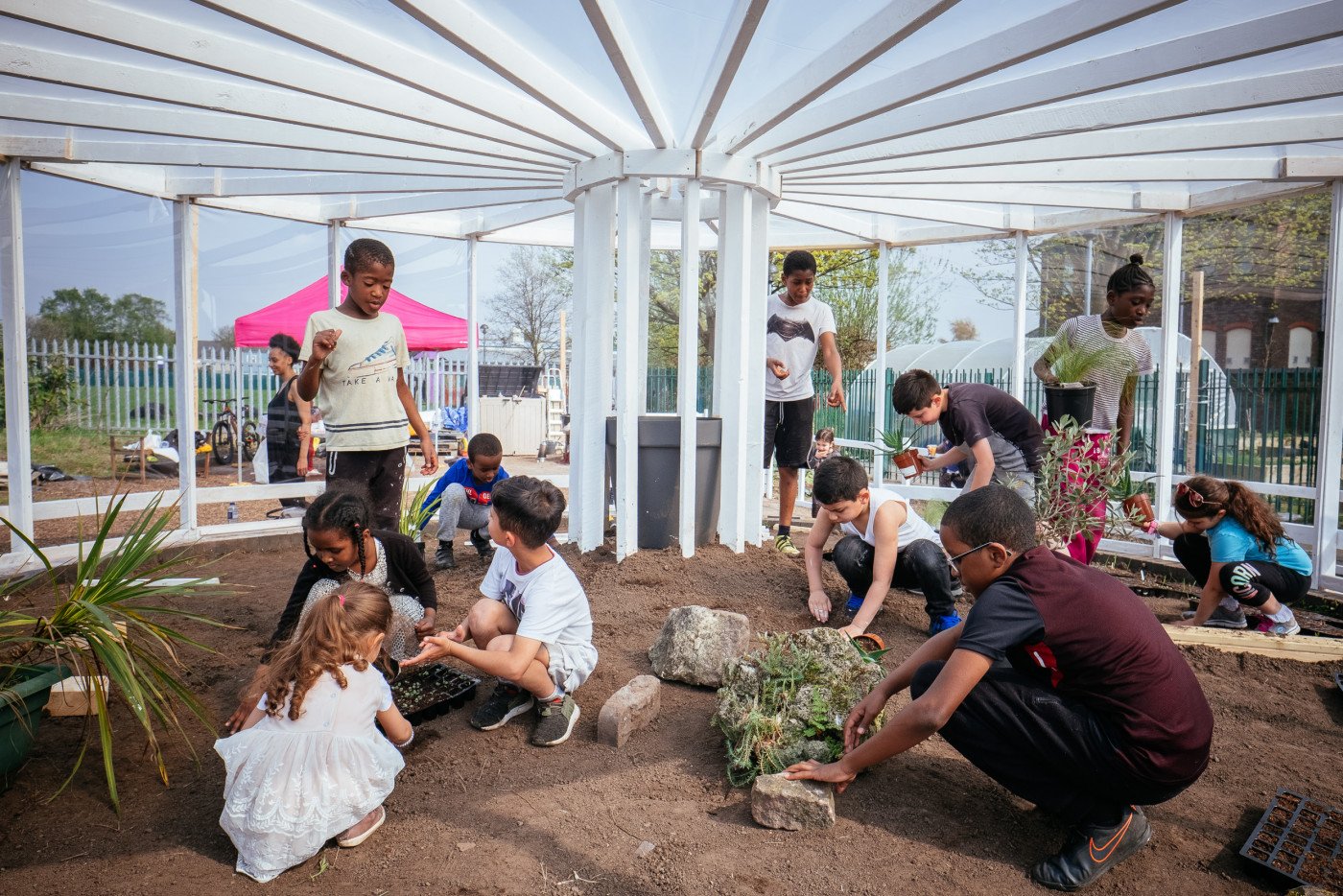
Image: Mohamed Bourouissa, Granby Gardening Club, April 2018. Courtesy of Liverpool Biennial
There is something quite extraordinary about the simple and singular drawings of late Canadian artist, Annie Pootoogook. The artist wanted to capture everyday life in the modern Inuit community of Kinngait, in the northernmost region of Canada. Pootoogook’s series of fifteen drawings will be displayed at the Tate Liverpool. Important to mention, is that the 60th anniversary of John Moores painting prize, will be displaying their nominees at The Walker Gallery Liverpool, from the 14th of July till the 18th of November. And I personally would not dare miss the daily page turning of John James Audubon’s Birds of America. Liverpool Library has one of two copies in the world, once a day you can witness the curator turning over a new page… with a remote.
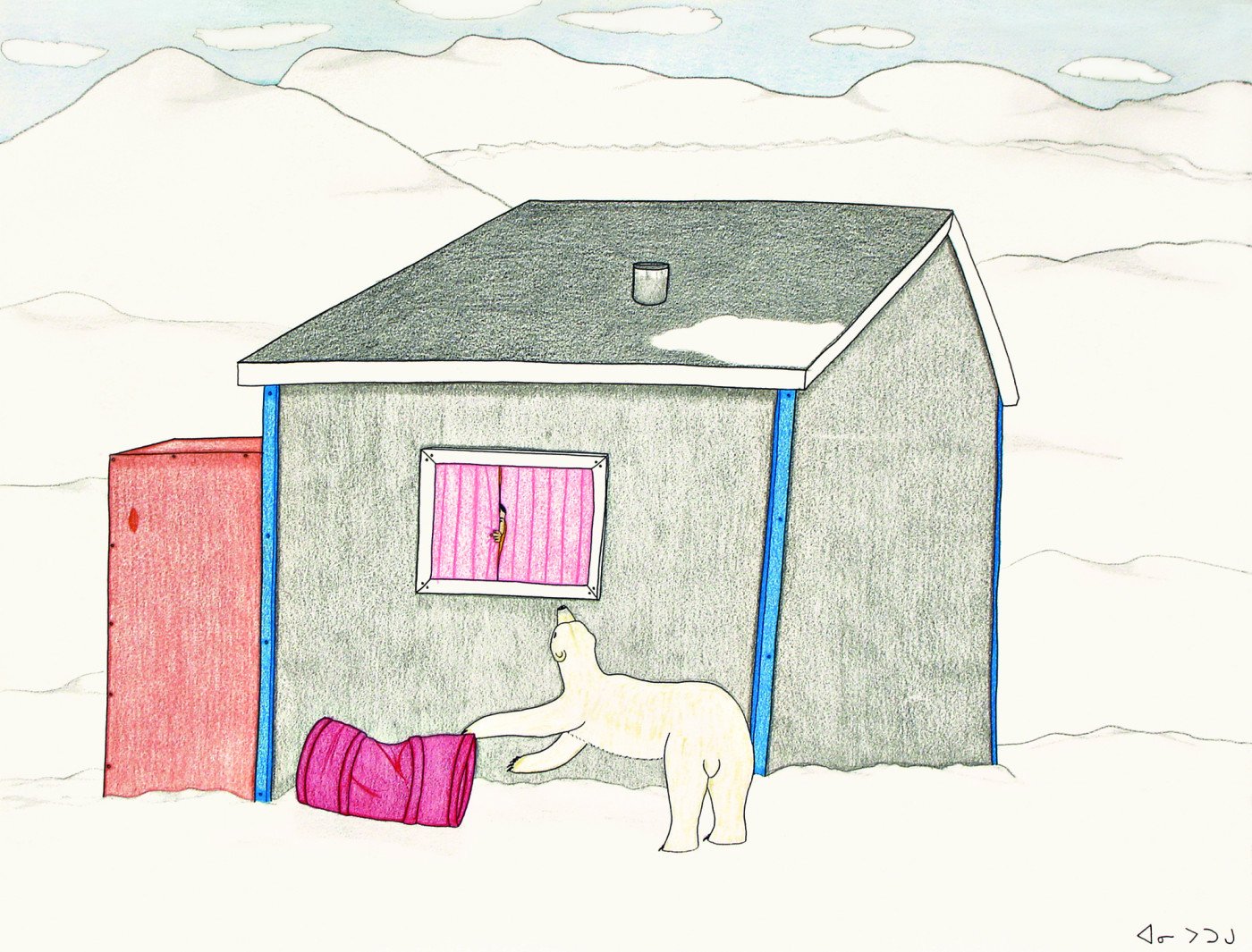
Image: Annie Pootoogook, Bear by the Window, 2004. Courtesy of Liverpool Biennial
‘Beautiful world, where are you?’ will take place from 14 July to 28 October 2018
Filed under: Art & Photography
Tagged with: Liverpool Biennial
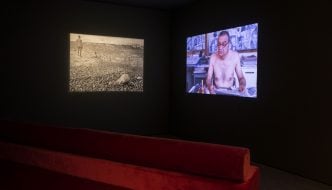
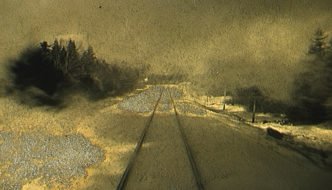
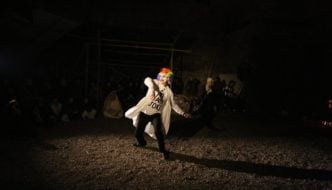
Comments